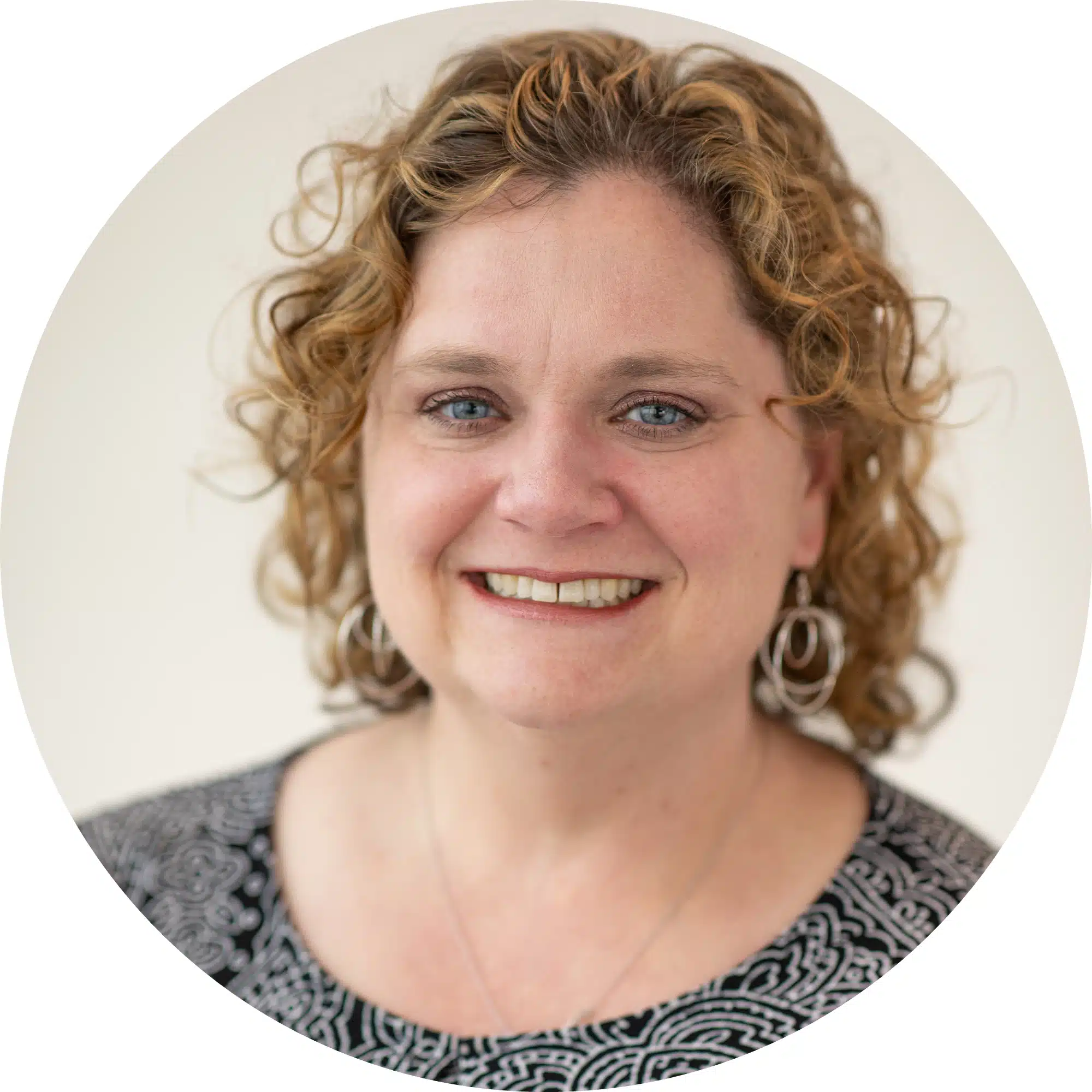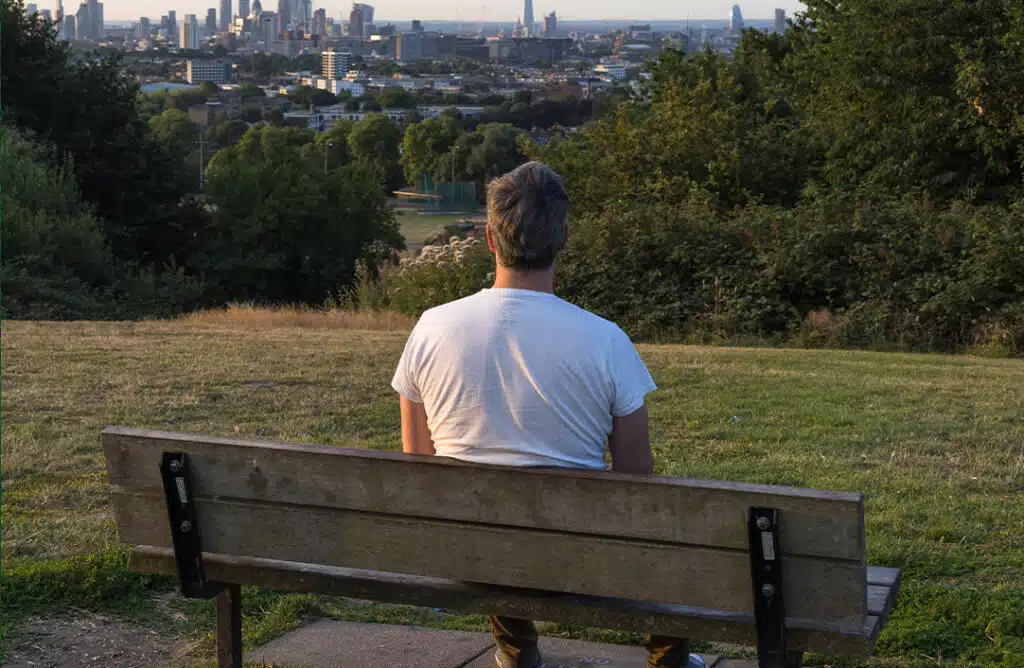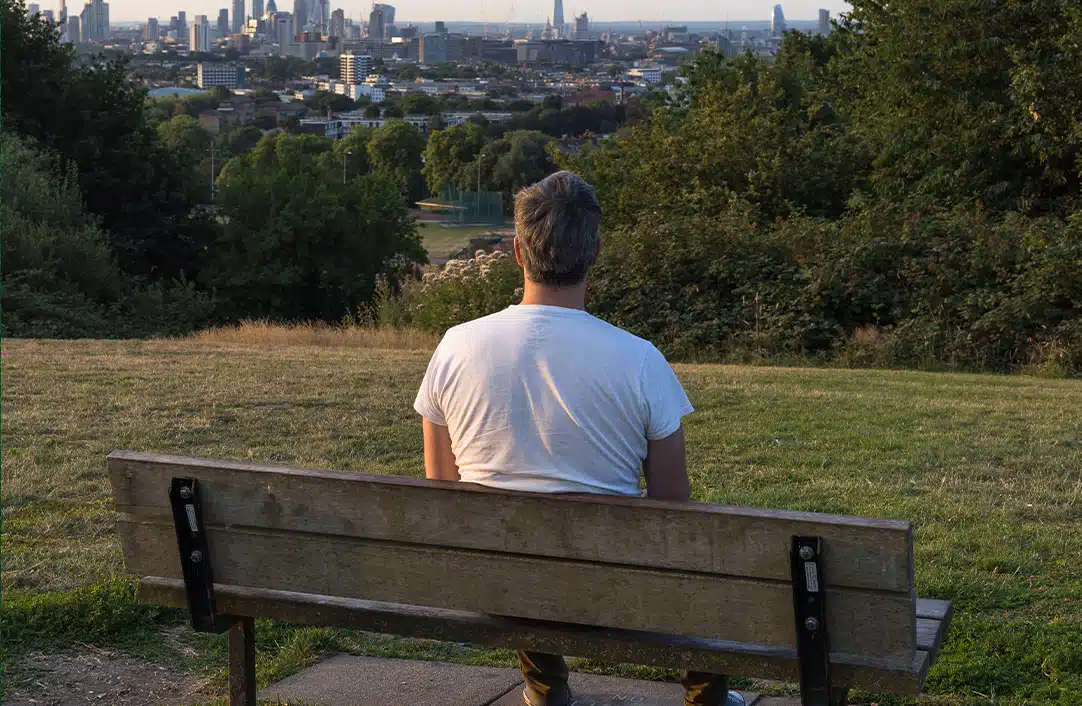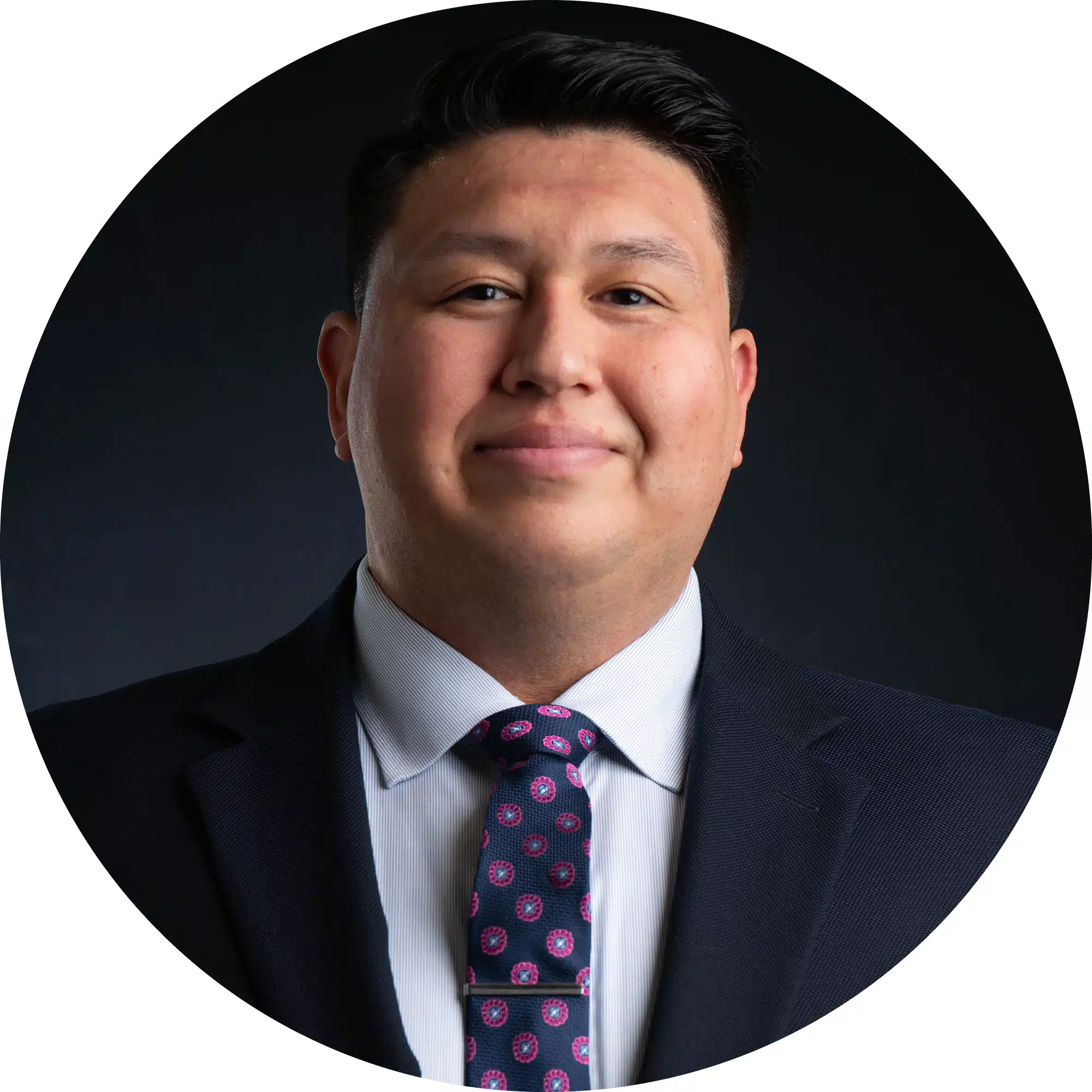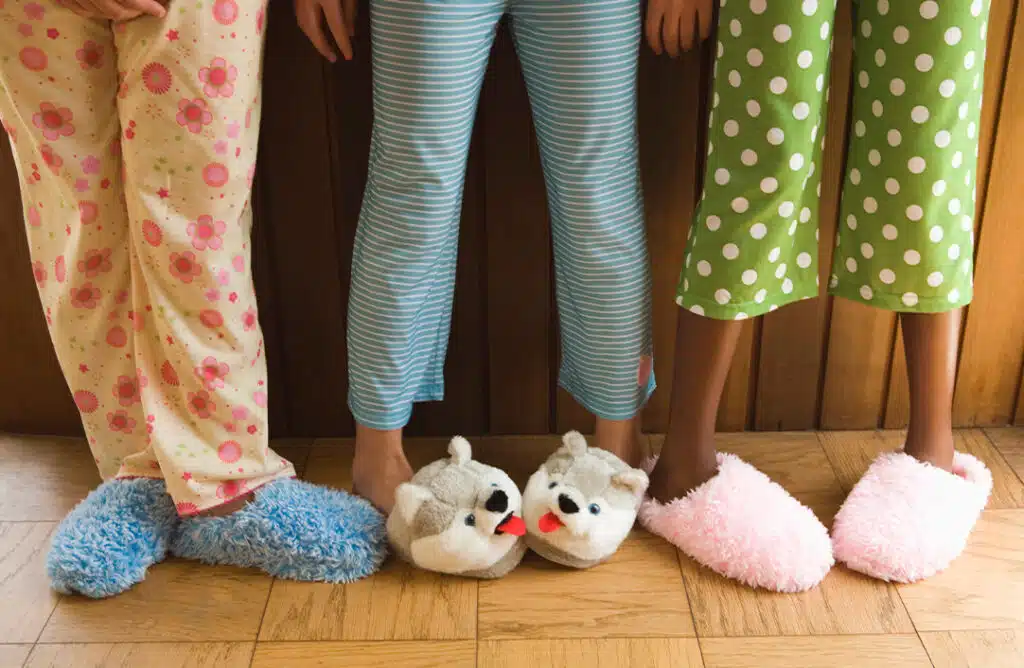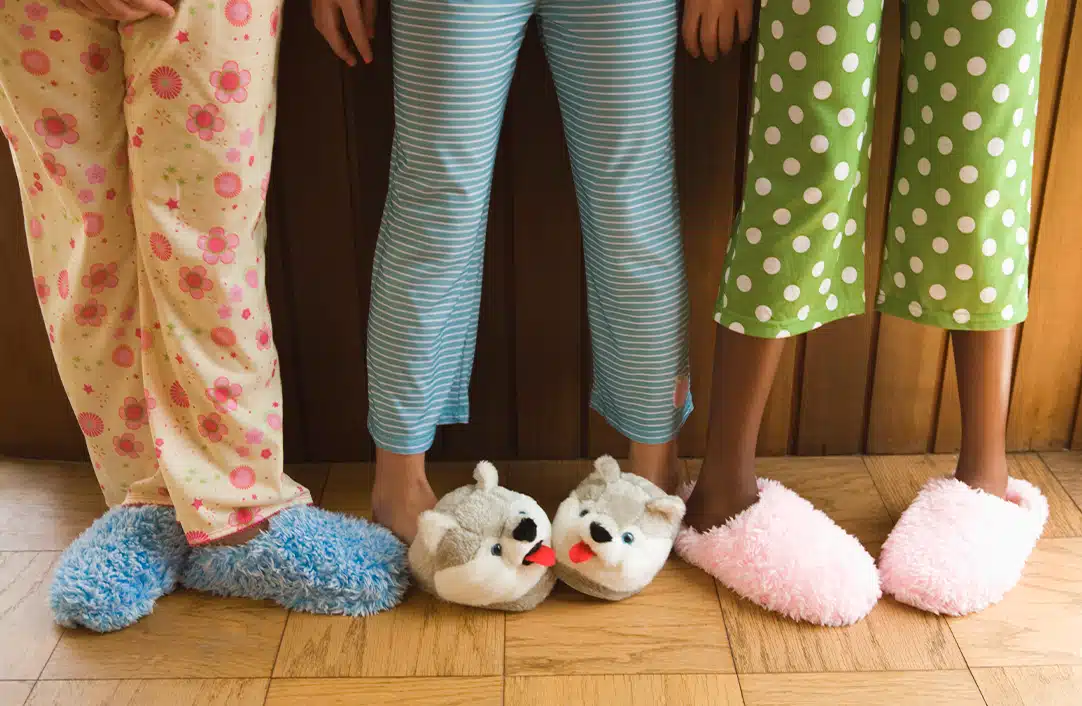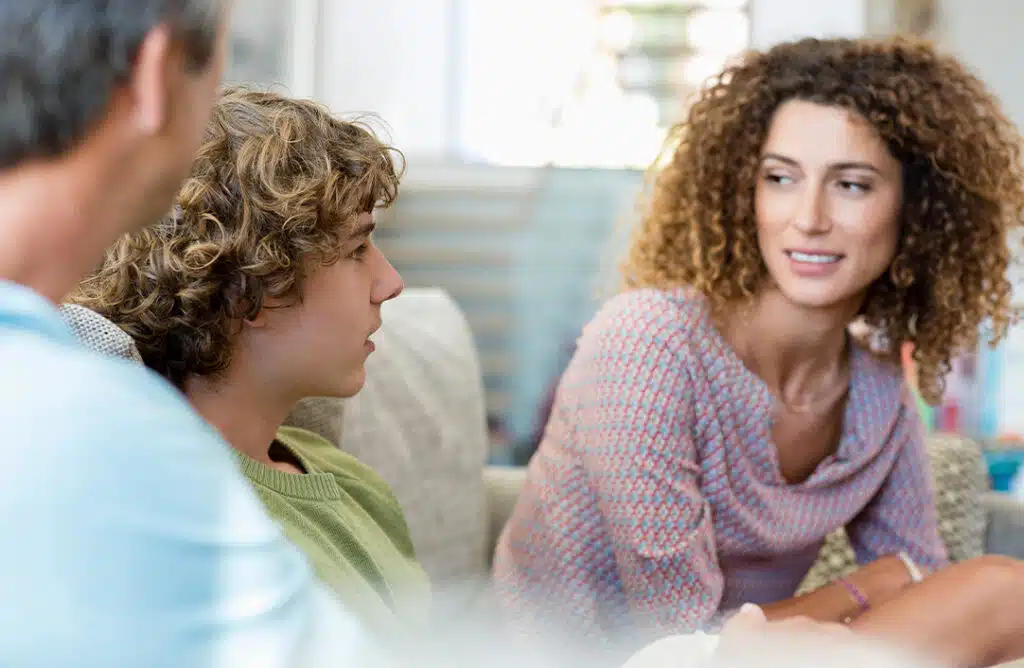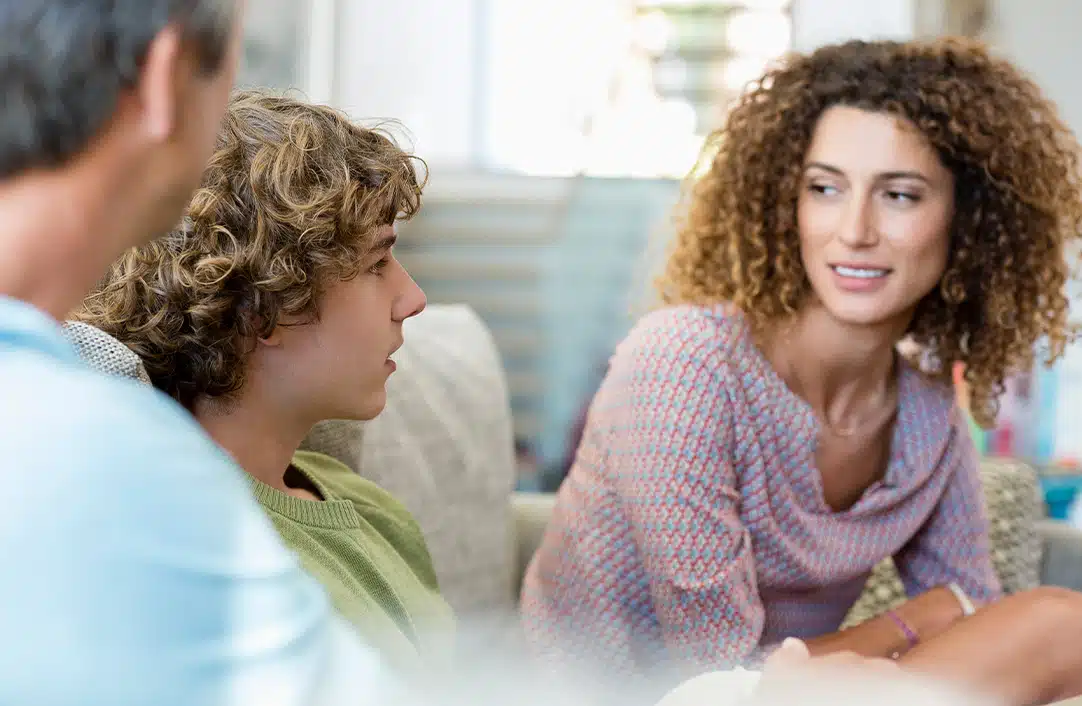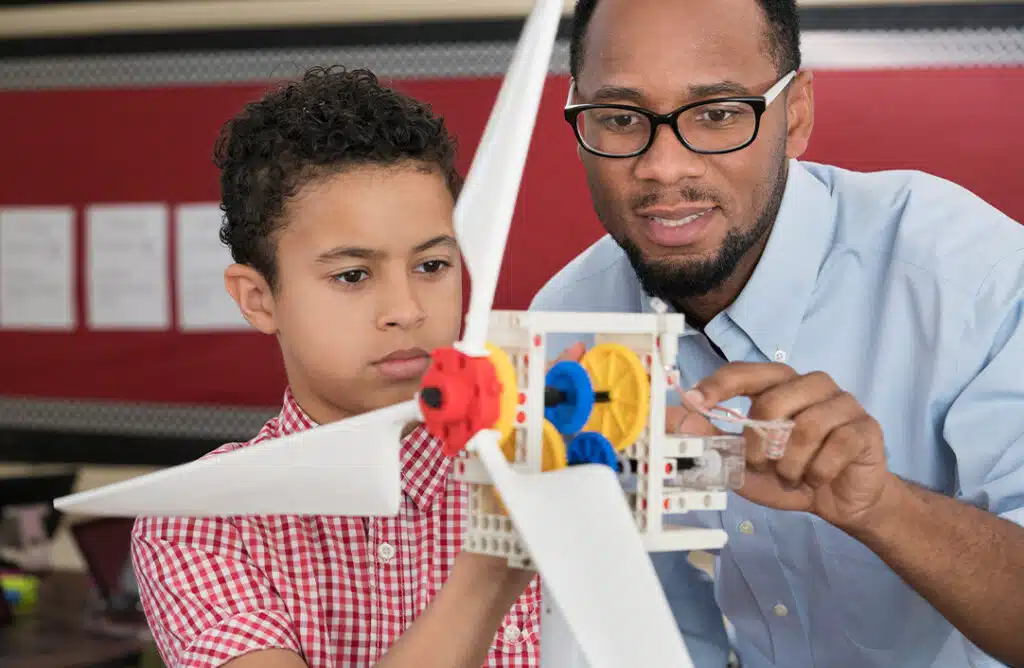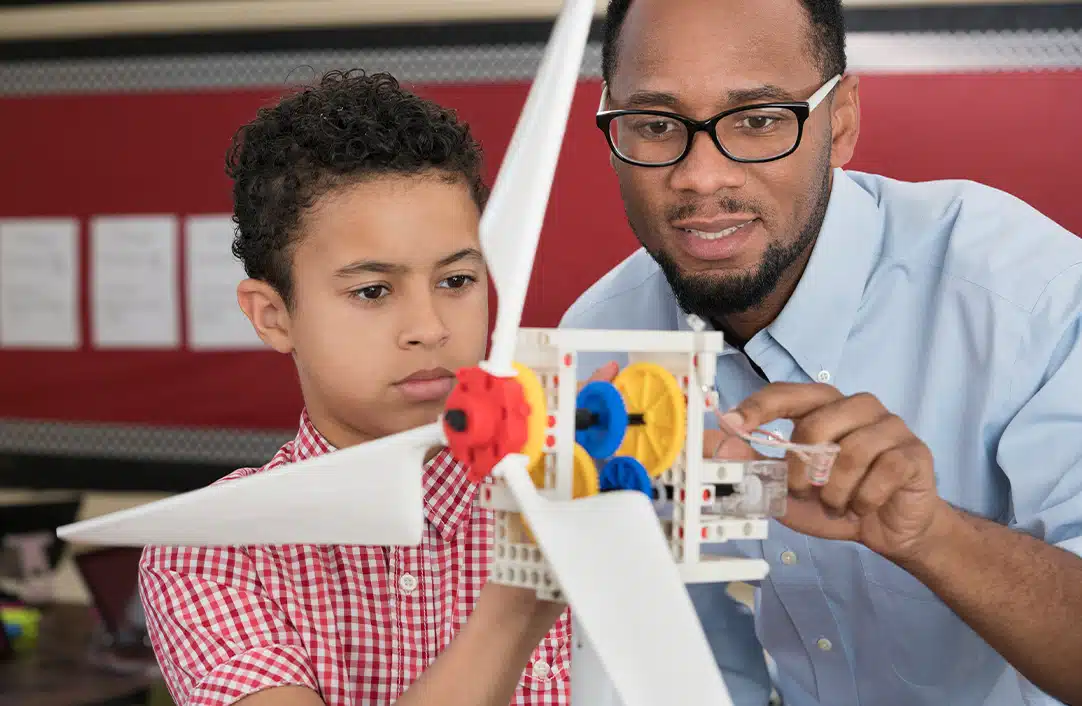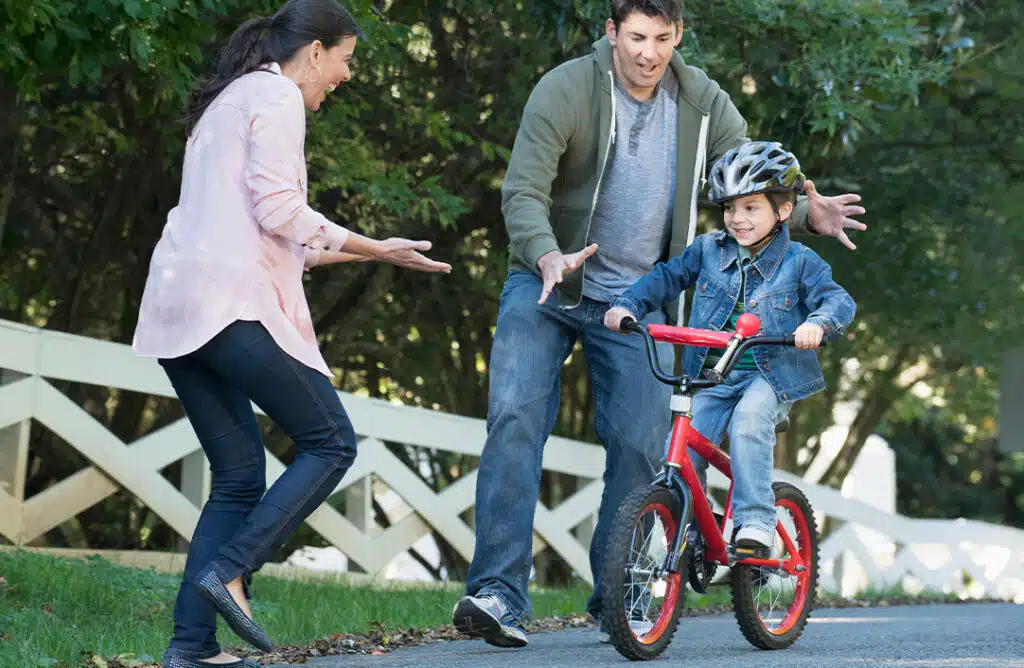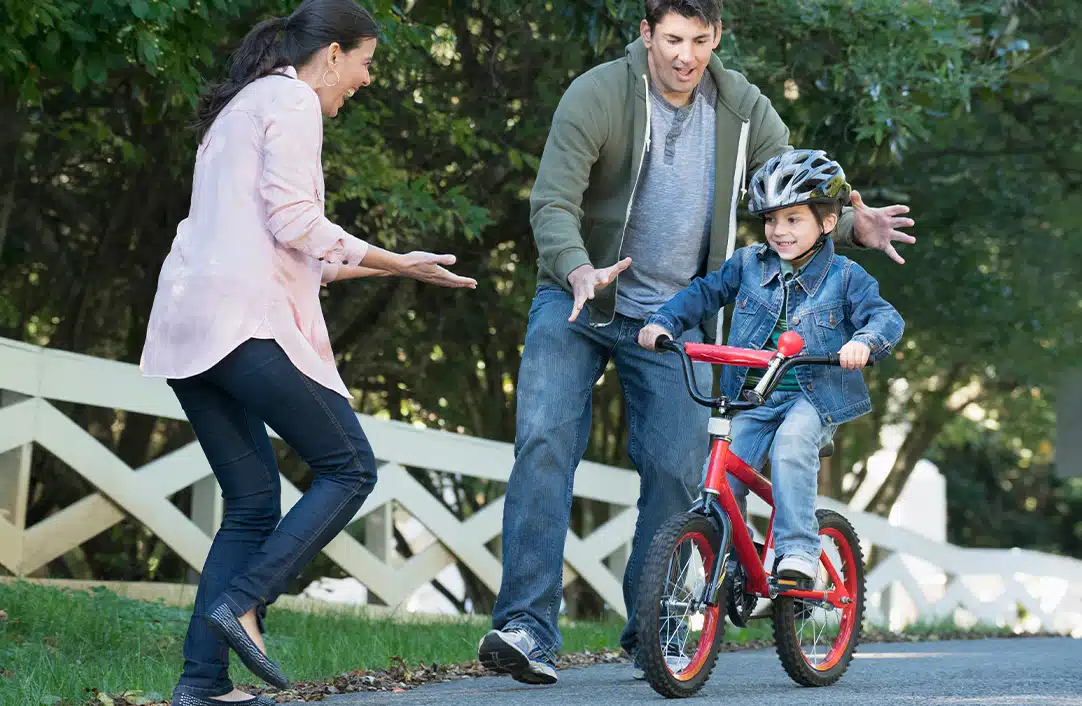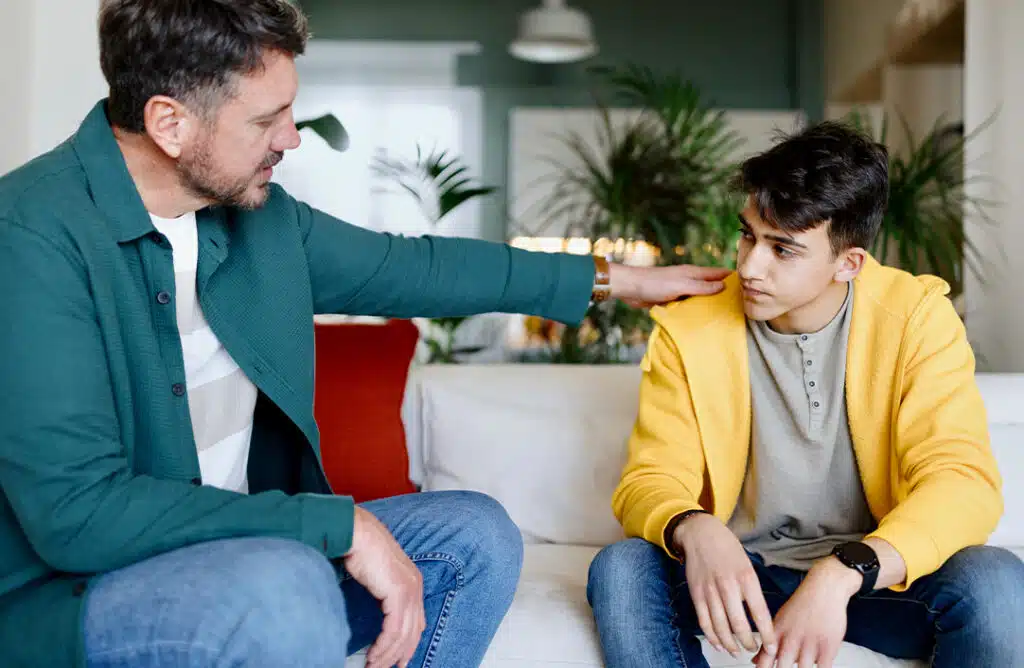
Statute of Limitations
A statute of limitations is a law that sets a time limit on when someone can take legal action for a particular crime or offense. Simply put, after a crime happens, there's a set period of time when the police or justice system can charge someone, or a victim can sue for damages. If that time passes, the legal options expire, even if there's evidence or someone confesses to the crime.
For example, let's say the statute of limitations for robbery is five years. If a person commits a robbery, but nobody takes legal action during those five years, the offender can no longer be charged for that specific crime.
Why Do Statute of Limitations Exist?
These laws are intended to encourage prompt action, ensure relevant evidence can be examined in a timely way, and provide a degree of certainty that the crime occurred. Statute deadlines vary depending on the type of offense and the jurisdiction where the crime was perpetrated. The idea of a statute of limitations for child sexual abuse has recently been examined with a greater understanding of the long-term impacts of childhood trauma and the reasons why survivors often delay disclosing the abuse they experienced.
In fact, some studies indicate that more than 25% of survivors do not disclose until they reach adulthood. Factors like shame, fear, traumatic stress, and dependent relationships with perpetrators can delay a survivor’s willingness or ability to disclose abuse.1 The trend many governments are taking to eliminate or extend criminal and civil statutes of limitations reflects the acknowledgment that survivors often need many years to process their trauma and come forward about their abuse.
Recognizing these dynamics, there has been an increase in statute of limitations reform since the early 2000s as several child sex abuse scandals were reported on with increased attention. From 2002–2020, over 30 states in the U.S. amended their laws to extend or eliminate limitations. One of the earliest and largest adjustments came in 2019, when New York extended its statute to allow survivors to press charges until age 28 in felony cases and file civil suits until age 55.2 Many victim advocates consider this period of change as both validating to survivors of abuse and enhancing the ability for individuals to seek justice.
What Is the Statute of Limitations That Exist in My Area?
As of 2024, 44 states have completely eliminated statutes of limitations for certain types of felony sex crimes against children, while others have statutes ranging from 3 to 30+ years after the survivor reaches adulthood. In many states, survivors can still press for civil charges as there is no statute of limitations. Other states have window laws open for victims to raise their claims of past abuse, even if they were victimized more than 20 years ago.3
Several organizations and agencies assist survivors of sexual abuse in accessing updated information about the statute of limitations in their state. You can learn more at RAINN and CHILD USA, which provide breakdowns of the various laws in each state or territory.
What Is the Difference Between a Statute of Limitations, Lookback Windows, Revival Law, or “Revival Window?”
Lookback windows provide a temporary suspension of the statute of limitations, enabling survivors to bring their cases to court when they were unable to do so because of an expired statute of limitations. These windows aim to address the delayed reporting of sexual abuse, which could have been influenced by trauma, fear, or manipulation by the abuser. While a civil suit takes a different form than a criminal trial, these opportunities afford those who were sexually abused to legally confront the individuals or organizations who were party to wrongdoing.
The Sean P. McImail Statute of Limitations Research Institute explains, “Revival laws establish a specific period of time during which survivors can bring previously expired civil claims to court. There are two types of revival laws: (1) revival windows and (2) revival age limits. When the revival period is a set amount of time after the law is passed, it is called a revival window, and claims can be filed while the window is open. States have opened windows for a few years or permanently. When the revival period is set at a survivor’s age, it is called a revival age limit, and claims can be filed until a survivor reaches that specific age. The age states choose ranges from 27–55.”4
How Can I Find Information About Statutes of Limitations in Countries Other than the United States?
You might consider reviewing official government websites or resources, such as from a Ministry of Justice or the national legislature. These often provide detailed information on laws and statutes. There are also legal databases that offer more detailed information:
- World Legal Information Institute (WorldLII): WorldLII offers legal information from various countries.
- Some universities and organizations offer research tools for international law. For example, NYU has GlobaLex. A project by the International Development Law Organization (IDLO), provides legal resources and documents on various areas and topics of international law.
Additionally, internet searches can help you find more information about laws in your area. Use search terms like "sexual abuse statute of limitations [country]" or "[country] sexual abuse laws."
Taking Legal Action and Reporting Abuse
Reporting child sex crimes to law enforcement as soon as possible often provides the best chance of successful prosecution. However, this process can be very demanding and difficult. Even if the criminal statute of limitations has expired, survivors may have other legal options like civil lawsuits or victim compensation funds. The current realities of statutes of limitations remain complex. We encourage survivors to contact individuals and services who can help them understand their rights and options. Taking back your choice, power, and voice can be an important part of the healing process.
If you are a parent of a victim, reporting something like child sexual abuse can be a challenging and unfamiliar process. As you factor in fears about your child’s ongoing well-being, as well as concerns about the possible impacts that reporting may have, you might feel overwhelmed. Saprea offers this resource to help parents navigate the complex situation of reporting child sexual abuse.
About the Author
Brian Walker
Research and Program Development Strategist
Recent blogs

Common Symptoms Experienced by Adult Survivors of Child Sexual Abuse
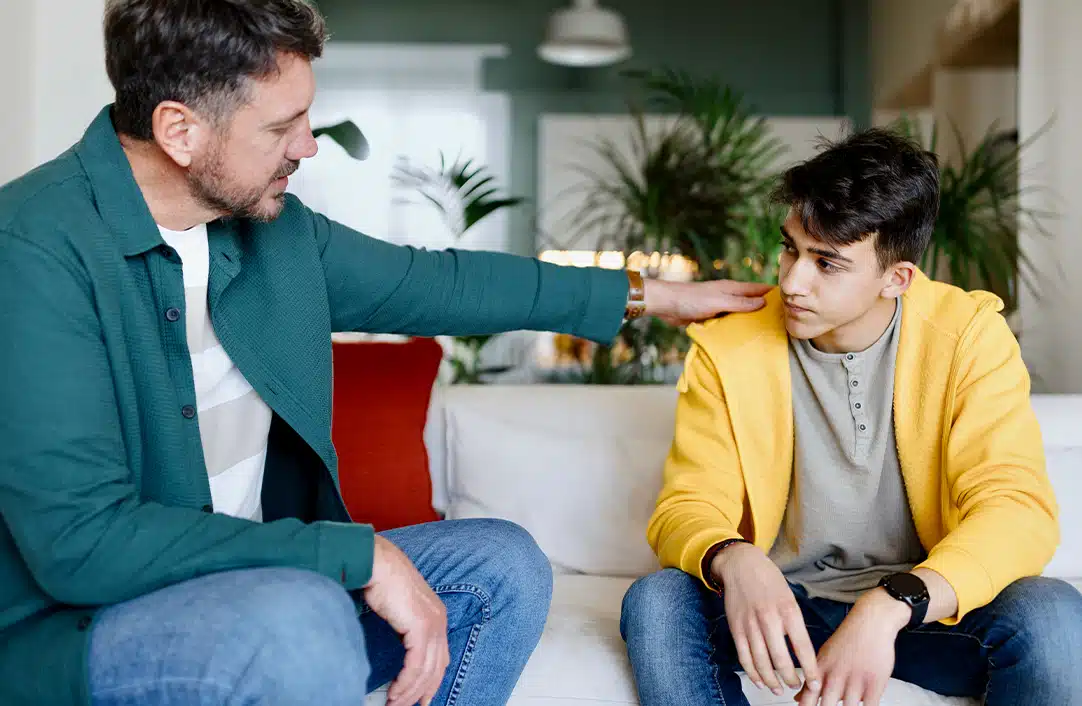
Statute of Limitations on Sexual Abuse







